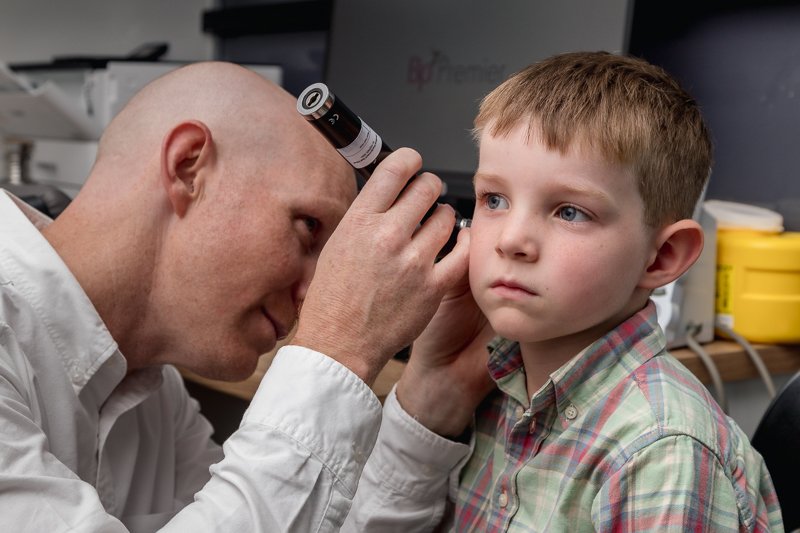Discussing stillbirth can be difficult. Families with expecting mothers or for families who have experienced this in the past, even more so. Nonetheless, discussing the medical information surrounding this reality is necessary so that families can identify worrying signs and receive the correct treatment or management.
When a baby shows no life, there are many physical, emotional, and psychological fallouts families are faced with. As we will discuss, there are no clear-cut strategies to prevent this. The risk of stillbirth during pregnancy, however, may be lowered.
In this post, we discuss the basic information relating to stillbirths for families with babies on the way.
What is a stillbirth?
A stillbirth is when a child dies unexpectedly any time between 20 weeks into pregnancy and the due date of birth. Babies may die during the pregnancy or even during birth, although the latter is less common.
This is different from a miscarriage, which happens when the pregnancy ends before 20 weeks of gestation.
Are stillbirths genetic?
Certain evidence has demonstrated that around 15%-25% of stillbirths are due to genetic factors. It is believed that up to 20% of stillborn babies display certain malformations with chromosomal abnormalities, as well as around 8%-13% of babies who don’t display obvious malformations.
There are number of antenatal tests that will help your health professional determine whether you are at risk of having a baby with a chromosomal abnormality. These are categorised into screening tests and diagnostic tests.
Antenatal screening tests calculate the risk of your baby having a chromosomal abnormality. The results aren’t conclusive but indicate whether your baby is at high risk or low risk. Screening tests include:
Non-invasive prenatal testing (NIPT)
Combined first trimester screening
Second trimester maternal serum screening
Based on the results of your screening tests, you may also be offered diagnostic testing. Diagnostic tests involve taking tissue either from your placenta or fluid from around the baby. Diagnostic tests include:
Chorionic villus sampling (CVS)
Amniocentesis
Medical research also shows that stillbirth can occur due to gene mutations. Complex genetic factors are believed to generate variations that may lead to stillbirth and one example of this is the genetic nature of altered birth weight.
With gene-sequencing becoming widely available, mutations that result in stillbirth as the only sign of their existence will soon be identifiable. Here, genes that disrupt normal placental functions are prime targets.
What can cause or contribute to a stillbirth?
While direct causes of stillbirths may be hard to determine, certain risk factors may contribute to this outcome. These include:
Congenital anomalies - conditions that affect the baby’s bodily structure or functions, while he or she is being formed in the uterus.
A premature birth
When fetal growth is restricted in the uterus
A mother’s medical conditions including diabetes, renal disease, heart disease and related illnesses
Complications during birth
Smoking and drinking during pregnancy
Problems with the umbilical cord or placenta
Advanced maternal age
Obesity of the mother
Infections
Mothers sleeping on their backs during pregnancy
Trauma to the mother’s stomach during pregnancy
Family violence during pregnancy
Can stillbirths be prevented?
One of the most troubling aspects of stillbirths is that no matter how healthy the mother is, there’s still a risk. The risk, however, can be managed.
Apart from the obvious, like not smoking or drinking, taking folic acid, and other essential nutrients can go a long way in preventing a stillbirth. Additionally, attending all antenatal appointments and managing the symptoms of other conditions like high blood pressure and diabetes is equally crucial.
Screening for potential health issues, including an ultrasound during the early stages of pregnancy, may also be useful in managing potential medical conditions.
Monitoring the baby’s movements, especially during the third trimester, is also necessary and if any abrupt changes are detected, these must be communicated to a doctor or midwife. At the same time, pregnant mothers are advised to sleep on their side (preferably on their left hand side), to prevent disruption of blood supply to the body, especially during the latter stages of the pregnancy.
Warning signs
Warning signs of stillbirth include:
The baby has stopped moving as much or isn’t moving at all
Cramps in the abdomen or back
Mothers who have been in an accident or have received a hard knock to the stomach
If any aspects of the pregnancy don’t feel right
Bleeding or unusual leakage from the vagina
Dizziness, changes to vision or severe long-lasting headaches
Painful swelling in legs or the sudden swelling of the face, feet, or hands of the mother
Severe nausea and vomiting after eating or drinking
Fever or chills
I have had a stillbirth in the past, will I have another one?
While no evidence supports that mothers, who’ve suffered a stillbirth will experience another, at-risk women must exercise care and caution during their pregnancy.
Certain studies that show that conceiving close to the anniversary of the stillbirth may increase anxiety and PTSD, which can affect the mother’s health. With other studies showing that most women can recover to a certain extent just 6 months after the stillbirth, it’s recommended that families wait between 6-12 months before trying to conceive.
Receive support during pregnancy or after a stillbirth
A stillbirth is one of the most challenging experiences to go through, during this period, it’s important that you receive all the support you need to recover.
If you’re worried about your pregnancy or require antenatal support, contact us on 5471 2100 for an appointment, we are here to help.
Sources






